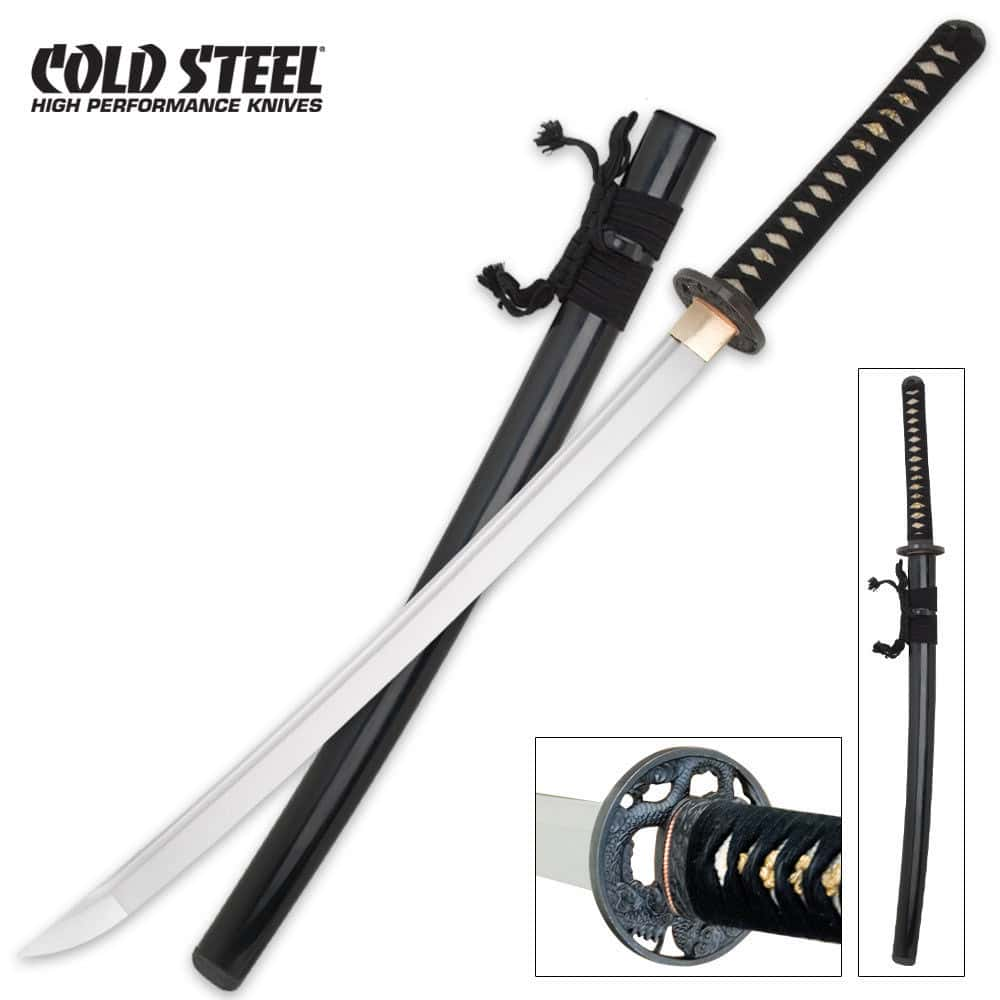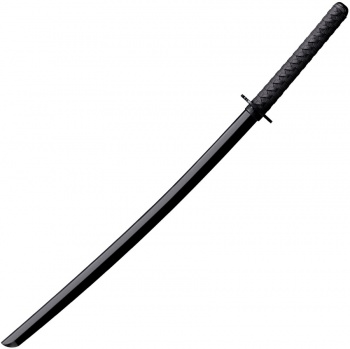
The process involves many passes with sanding belts of various grits. The sharpening service is done with a belt sander. We adjust the angle of the edge to suit the specific blade and attempt to get as close to a bevel-less edge as possible without marring the surface of the blade. Some blades will take and hold sharper edges than others and the thickness of the blade will determine how wide the bevel will need to be. The resulting edge is somewhat dependent on the particular blade. The result is typically “very sharp” with a small secondary bevel and a bit of an “apple seed” profile. Our sharpening service will provide a good serviceable edge on the blade. Consider this as a general guideline only. The Edge ratings in particular are somewhat subjective and each blade can vary.

This info is provided to give you a good idea of the product being presented, the one you receive may vary from the specific one we took measurements of. Please note: Due to the hand made nature of these items, all specs should be considered as approximates. However for reasons we won’t get into here, this is not the case. A common misconception is that swords should all be “razor sharp”. Moderately Sharp is close, but may need to be touched up to get the best performance. Possible values could be “Rebated” meaning the edge is intentionally thickened for safety, “Blunt” meaning the edge is fairly thick with little to no taper, ‘Unsharpened” which would taper to the edge but stop short of having any real cutting ability, “Slightly Sharp, Moderately Sharp, Sharp, or Very Sharp” Sharp or Very Sharp are considered good for cutting swords. The “Edge” spec will tell you about how sharp a blade is. A very high POB will result in a sword that feels heavier than it actually is and is difficult to wield. In general, a low POB results in good point control well suited to a thrusting blade, while a higher POB adds impact to a cleaving blade.

A POB of 3”- 5” usually results in a well balanced sword, but does depend on the type of sword.

In practice however, there are many reasons why you may not want this for a particular sword. In theory a sword with a POB of 0” is perfectly balanced. A number of 0” would balance exactly at the guard, while a negative number will have a POB in the hilt itself. It refers to the point on the blade where the sword achieves a perfect balance. stands for Point Of Balance, this is measured in inches from the hilt down the blade.


 0 kommentar(er)
0 kommentar(er)
